NEWBORN PHOTOGRAPHY SAFETY
Posed newborn photography is very popular and, with an increasing number of photographers offering this service, parents will want to ensure not only that they receive some beautiful memories of their baby’s first few weeks, but that they are also choosing someone who will work safely with their precious new arrival and is fully skilled in newborn photography safety.

Newborn photography requires a special skill set. In addition to a knowledge of the general aspects of photography, such as lighting and composition, a newborn photographer must understand the ways of a new baby; they must be patient and calm, able to soothe their tiny client and work around his or her needs, recognising the cues that might indicate hunger or discomfort.
Most importantly, a newborn photographer must be able to safely handle and pose any baby entrusted to their care.
This blog I hope will educate parents on the interest of newborn photography safety particularly when looking for a newborn photographer.

Newborn Photography
As a newborn photographer, and a member of the Guild of Photographers, I pride myself with being fully trained and insured in newborn photography. Unfortunately, Newborn Photography is not a regulated industry and some photographers who offer newborn sessions have not been trained in newborn safety.
Parents need to be aware of this fact when looking for a newborn photographer to capture their little ones and it is always best for parents to educate themselves on why newborn safety is so important.
It has always been a concern of mine that new photographers and even new parents might try to recreate a newborn pose they have seen without fully understanding how it has been created. I believe those of us working in this wonderful genre should continually try to educate people via our blogs, websites and social media as to how such imagery is achieved.

Luckily, as the popularity of newborn photography increases, so does the wealth of safety information available. There is plenty of information on the internet and organisations dedicated to newborn safety are being set up. Here in the UK for example, the Baby and Newborn Photography Association (BANPAS) has been established. This organisation promotes safe working practice and is dedicated to ensuring that baby’s comfort and safety is a priority, both by educating parents on how to choose a newborn photographer and providing training and advice to those photographers choosing to enter the newborn photography field.
Newborn photography isn’t easy. It can be challenging at times; there will always be those babies who are difficult to settle or who seem to want to feed constantly. In addition to knowing the technical side of photography, newborn photographers need to have patience, the confidence and ability to handle and soothe a baby whilst at the same time reassuring potentially nervous parents and must not mind being covered in the wonderful various substances a newborn baby can produce! It is also, however, a wonderfully rewarding genre. How many of us can spend our days cuddling newborn babies? Time passes by very quickly and children grow incredibly fast, and so most importantly, a newborn photographer can capture forever a family’s very special memories of their tiny newborn’s first fleeting weeks of life. What could be better than that?
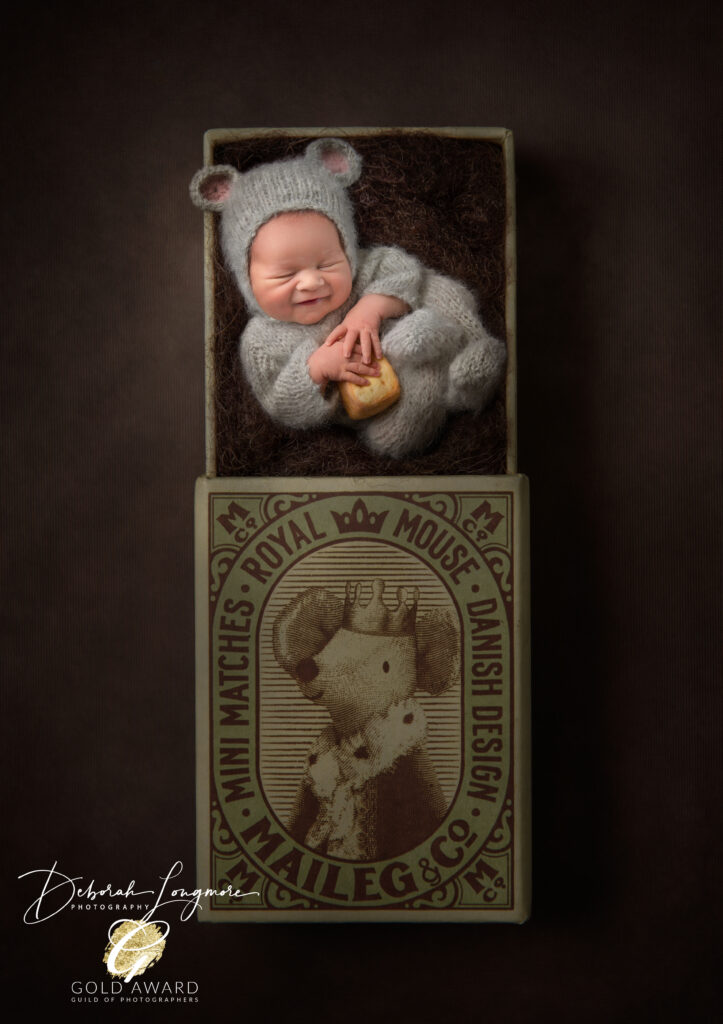
What can parents need to look for?
Before choosing a photographer browse their online galleries and take a look at the images produced. Does the baby look comfy, settled and safe? The biggest thing to look for in these images is also the colour of the baby.
I have seen many photos posted on business pages and websites where babies not only look uncomfortable but unfortunately some of their limbs appear to be blue, red or purple, and these are edited images. Purple hands, feet or limbs is a big NO NO!
The poses
The picture below shows a baby posed with their head on their hands, known as Head on Hands Post. Their hands should be completely relaxed as shown. Their hands are not red or puple and neither are their feet! The hands being perfectly flat are a good indicator that baby is fully relaxed or their fingeres would be clenched up into little fists.
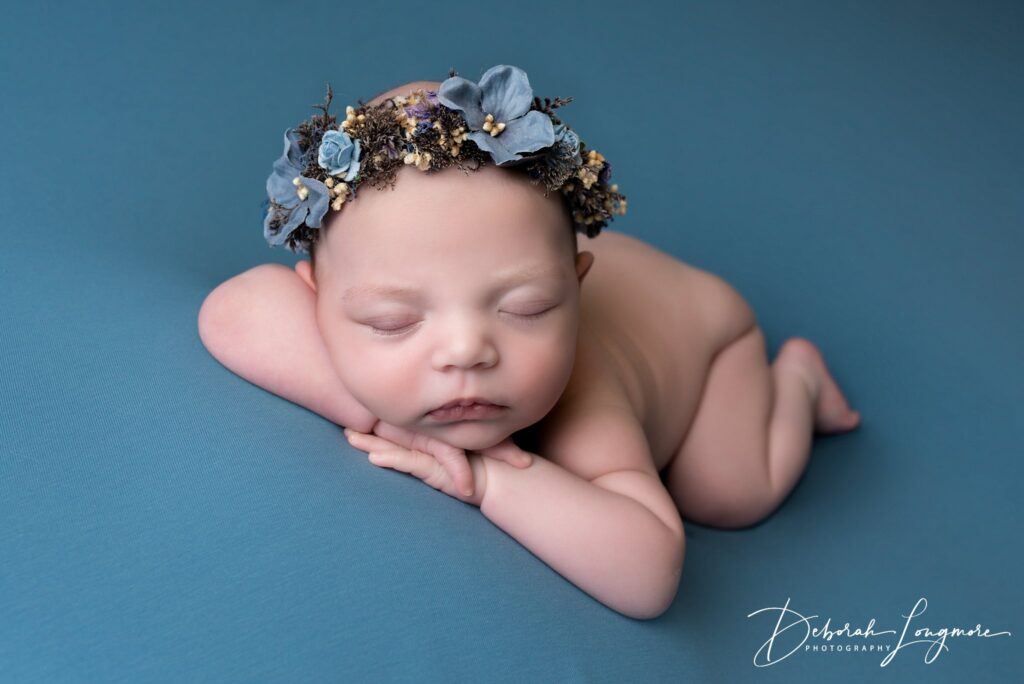
The below pose is known as “Tushie Up”. You will see from the image below that again their fingers are completely flat on the little pillow used to support their head. No part of the baby is blue or purple which shows that their fingers and feet are perfectly posed. The fingers and feet are the colour they should be. Baby has been posed so no circulation has been restricted. His head and feet are supported by pillows and his neck is not restricted by his hands making a clear airway.
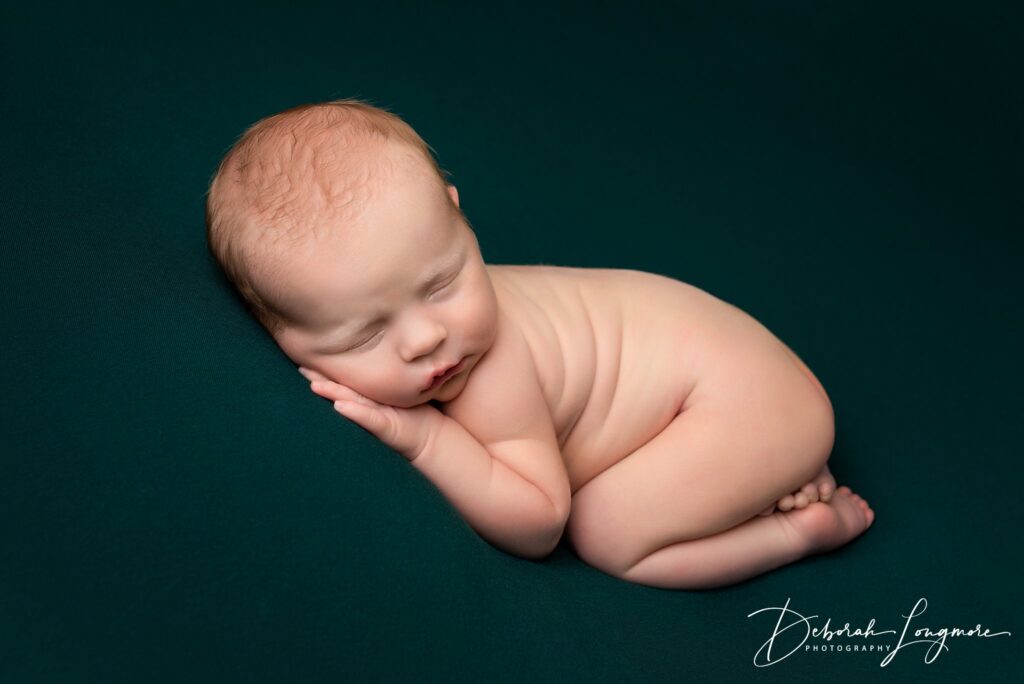
The post below is known as the Side on Pose. The below below was actually 4 weeks at the time of her shoot. Again, you can tell the baby is settled in this pose as her little hand is hand is fully relaxed around her face. If she was not relaxed or posed correctly her hand by her face would be a little first, she would bring her fingers in and would be bent over. Her little hand then supports her chin to bring her face up away from her body. Her face should not be pulled in so it is tight against her chest. To be fully relaxed in this pose, her face should be ahead of her body with her feet off in the distance. If a baby is scrunched up, it shows they are not comfortable or posed correctly.
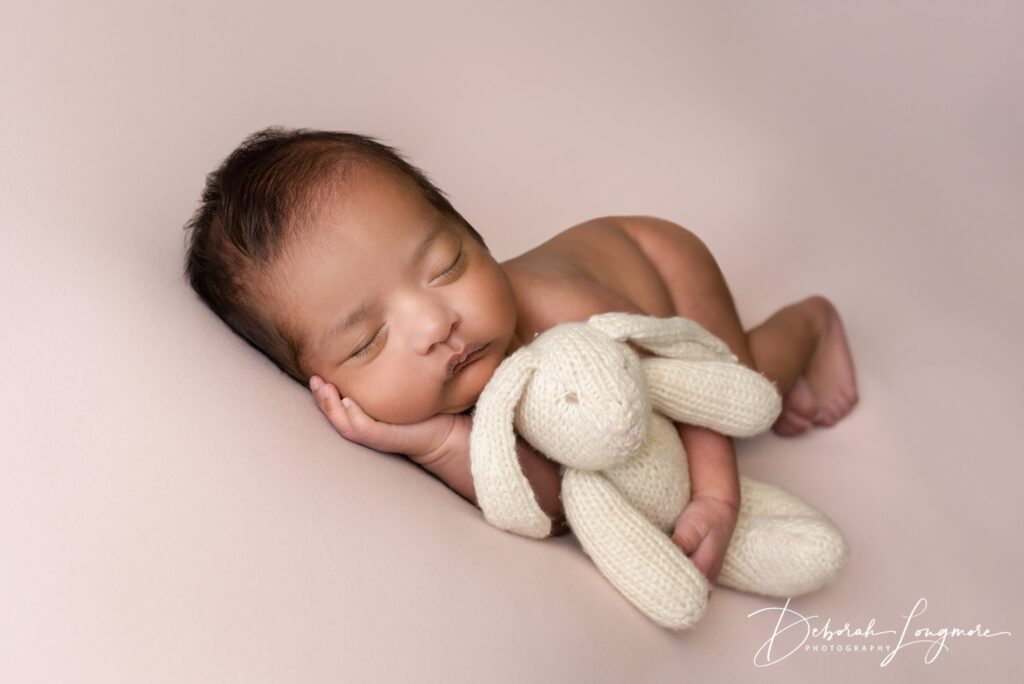
The pose below is known as “Froggy”. Baby should be fully supported at all times. This baby was actually awake during her Froggy pose but as you can see she was fully comfortable. So how do you know this has been done well? The biggest indicator is the wrists. If baby has not been posed well the writs will come apart, even when their head is supported. The fact that this little one was awake did make this pose harder, as she was not in a deep sleep, but as you can tell her was not bothered at all as she felt comfortable and allowed me to support her with no issues.
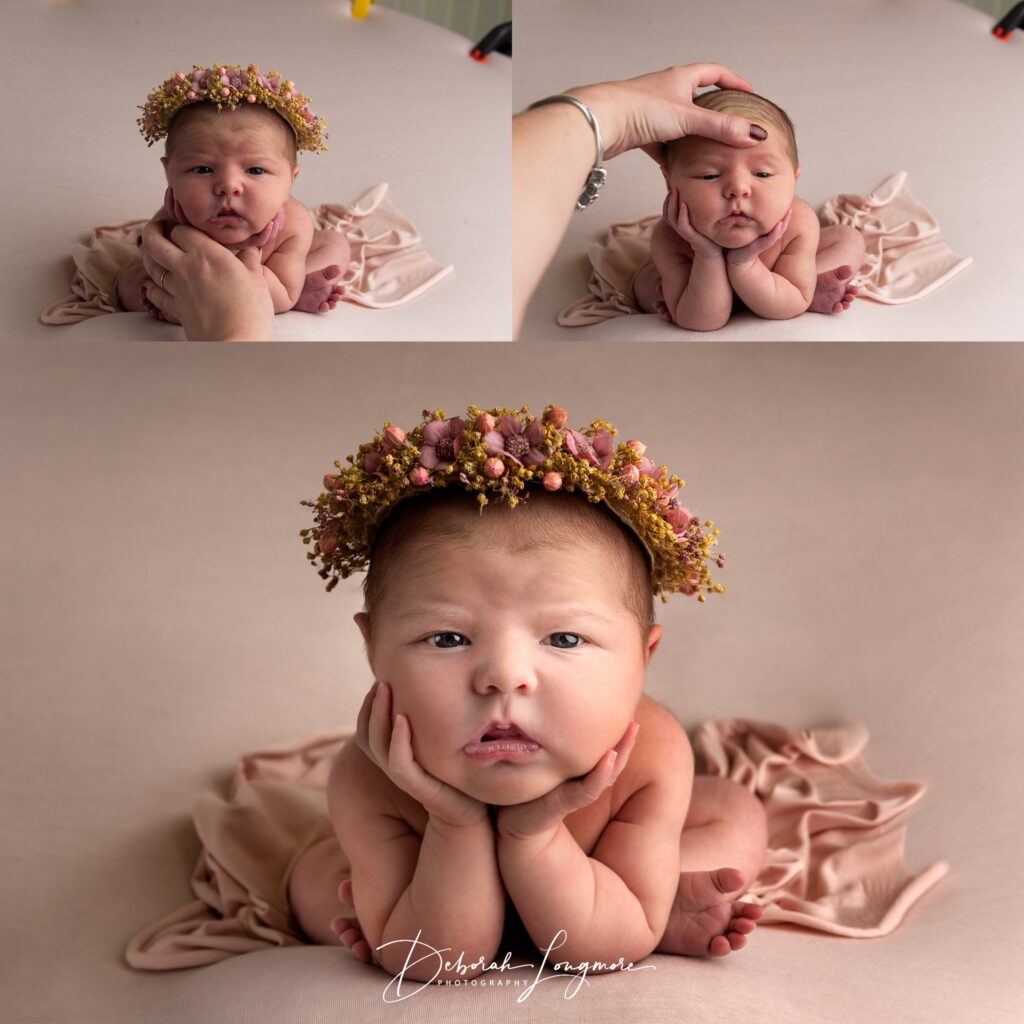
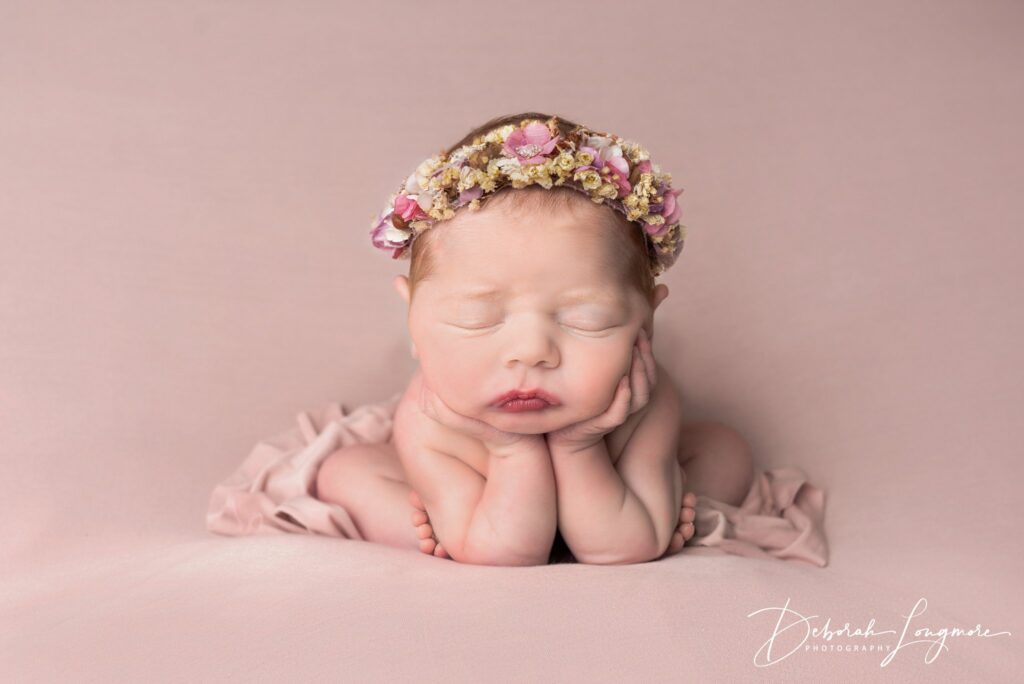
If during your photo shoot you see your babies leg, arm, hand or even finger turn PURPLE.. STOP!! The baby needs to be moved to restore the blood flow. Parents if you see this at any time point it out to your photographer. The area is going purple because the circulation is being restricted. Purple discoloration to the skin means there is a lack of oxygen in the blood. Babies should only be in poses for a short time to ensure circulation is not affected. If the pose has been done incorrectly you will notice the colour change very quickly particularly toes and fingers.
Obviously some babies are more prone to purple feet and a little foot rub to bring the blood back to their feet is all that is neede. However, your photographer should be aware of this.
Whilst it is very easy for purple and redness to be removed in editing, there are photographers that do share images with this colouration in the images which shows that these photographers are not aware of the issue.
Knowing these little things will help you know the difference between a photographer, some one who owns a camera and a newborn specialist photographer.
Parents please do your research, no picture is worth risking the safety of your baby.
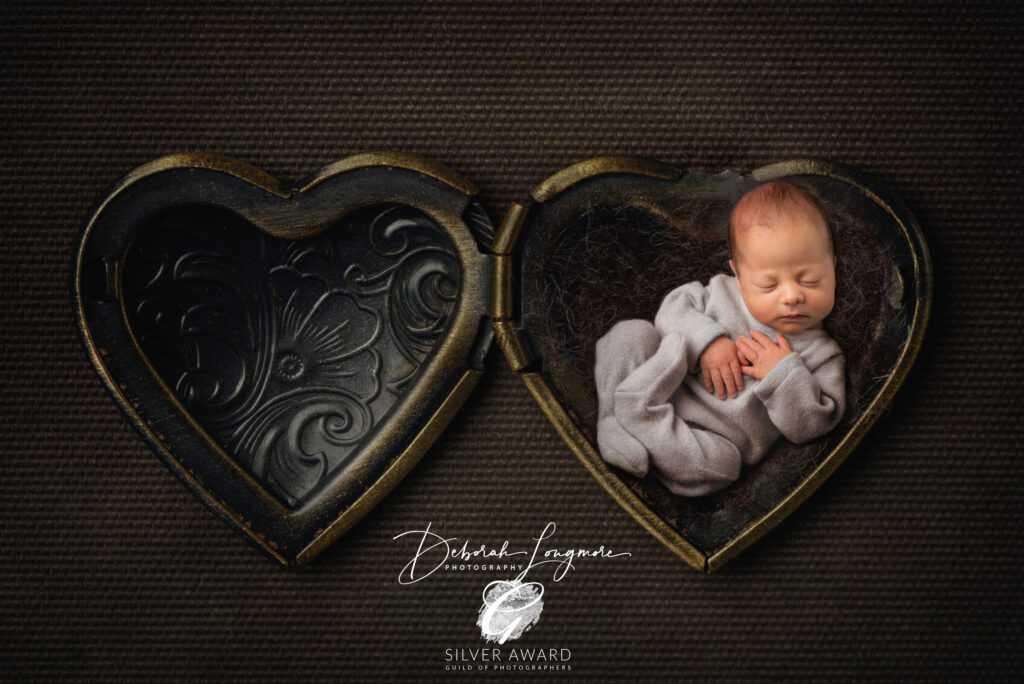
The session itself and how I work
Manage Expectations The length of a newborn session will be dictated by the needs of the baby being photographed. In my experience, it is not unusual for a newborn session to last two to three hours and it is always a good idea to advise new parents about what to expect and how to prepare for a session. For this reason I send out a newborn session guide before every session.
Some parents may request a specific pose they have seen on a photographer’s website, however, all babies are different and some babies will resist being posed in a particular way. It is important for a photographer to recognise when a baby is not happy in a pose; a baby should never be made uncomfortable for the sake of a photograph, and a photographer should manage a parent’s expectations accordingly. I always inform parents before I start certain poses why I may not be able to achieve a certain pose. I have yet to meet a parent who has been annoyed when I have explained that I won’t be persevering with a requested pose, as to do so would risk upsetting their baby.
Room Temperature Very young babies are unable to adequately regulate their body temperature. The room in which a newborn photography session takes place must therefore be warm enough to ensure baby’s comfort, but not too warm to cause baby to overheat (watch out for indicators such as increased breathing rate and sweating). When a baby is comfortable and warm, he or she is also more likely to fall into a deep sleep, which will enable the photographer to gently position baby into the poses used. I personally like to heat my studio space to around 27 degrees (Celsius) but will adjust as necessary according to baby.
Cleanliness A newborn’s immune system is immature, making them more susceptible to nasty bugs and germs. A common sense approach should therefore be used if the photographer themselves fall ill or are in close contact with a sick person, for example their own child, at the time of a scheduled newborn session. In the last 6 years I have fortunately only had to postpone two newborn sessions due to my own ill health, but I would much rather do that than risk passing my illness on to a newborn. A high level of cleanliness is also required. We all carry plenty of germs on our hands, so regular hand washing and use of a sanitiser during a session is a must. Anyone that has been to me knows I have a hand-sanitiser obsession.
Prop Choice The choice of props is important. Objects used should be comfortable and not pose any risk to baby. Items made from fragile material such as glass should never be used. Props should be inspected regularly for wear and tear for example, to monitor for any sharp edges and baskets, buckets and containers should be weighted as necessary to ensure stability and suitably padded to ensure baby is not resting against an uncomfortable surface.
and therefore these are added both before and after adding a baby to a prop to ensure that the baby is adequately supported and at all times safe.

The above images are taken from the same session of the same little girl.
In the images above, the props have a fur making a level support for baby to lie in there at an angle. She also has a soft pillows under her head and around the corners of the box ensuring her head is fully supported and not touching anything hard. There are also some pillows down either side of her to ensure that she is fully supported either side (not that she would be likely to roll in this case) as these also act as a soother for baby as they feel like they are being held.
The Use of a Spotter Babies may be small and unable to move a great deal, but a newborn should never be left unattended, especially when in a prop or being photographed with an older sibling. Babies are born with an amazing startle reflex, which can be very strong. This can result in them jumping suddenly at an unexpected noise and falling out of position or, unless swaddled, hitting their arms or legs against the side of a prop.
In any pose where there is a chance of baby moving or falling, a ‘spotter’ (I tend to always ask mum or dad to assist) should be close by at all times to lend a steadying hand as required. I tend to often have to edit out parents’ hands and feet from my images.
For images where they are apparently posed at height (e.g. in a hammock) baby should be carefully supported and never lifted more than the smallest possible height from a soft surface such as the beanbag. Better still, beautiful images giving the illusion of height can be produced without baby being lifted at all.
In the image above, mum was placed at babies head and was there the whole time to ensure that baby did not move.
For example, in the popular image of baby being held high in mum/dad’s hands, this can be created using a soft, flat surface. I personally use a specifically signed prop for poses like this which is soft and holds baby in place so they are safe at all times and all their limbs are supported. The baby in this image is lying on soft prop which supports all the way around the baby and a black blanket has been placed over the top. This image is then shot down on baby from above.
A camera strap (whether hand or shoulder) should always be used on a camera when photographing a baby from above.
Posing and Circulatory System Although mentioned above, this is a biggie and needs mentioning again! Young babies can’t explain that they are beginning to feel uncomfortable in a position, so it is important for a photographer to recognise any signs that circulation has been restricted during a certain pose. If a baby’s extremities begin to discolour (eg turn blue, red or purple), it is an indication that circulation has been affected and that baby should be repositioned.
Parents
Hopefully, this post will help parents be aware of what they are looking for when looking for a newborn photographer and will also assist in knowing what to expect and what to expect from a newborn photography session.
Debbie

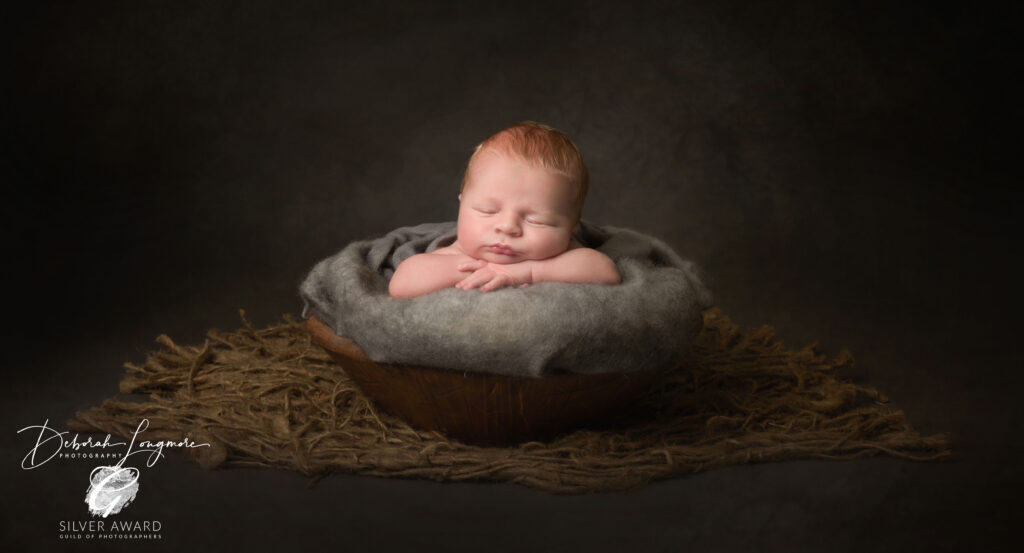
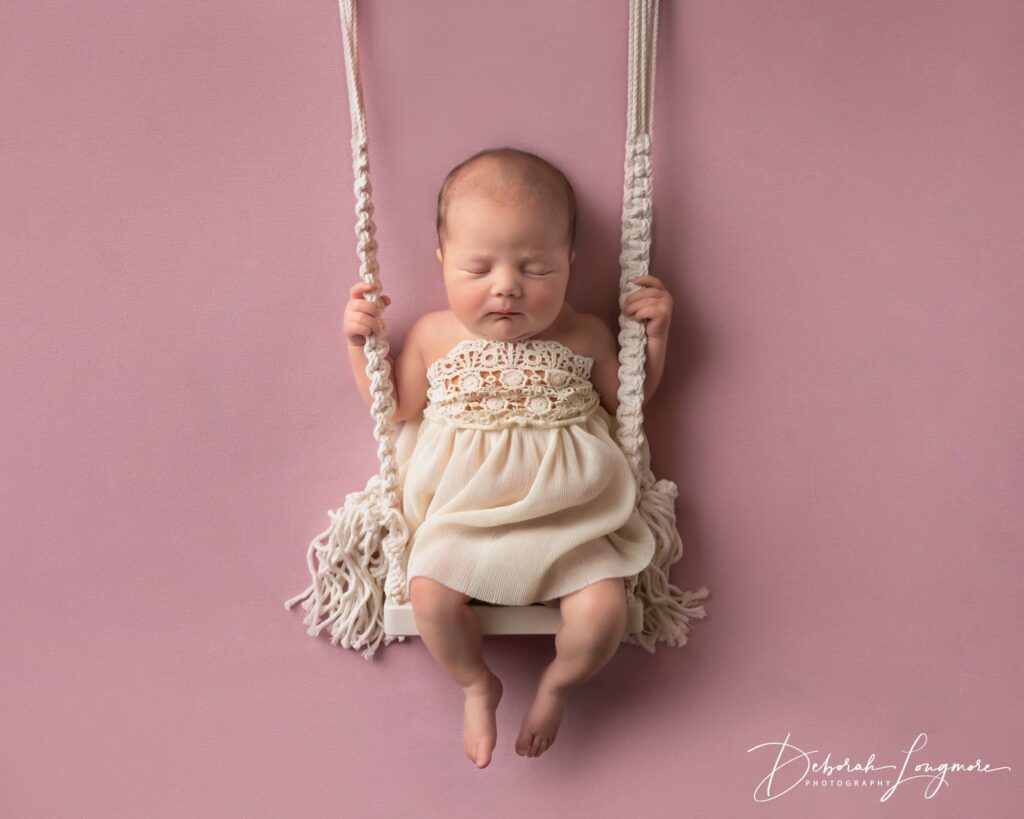
Recent Comments